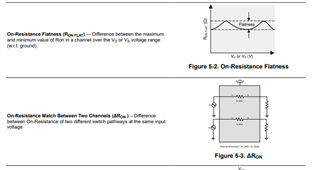Other Parts Discussed in Thread: TMUX1219, TMUX1248
Tool/software:
I would like to input a crystal oscillator and an external connector clock to SN74LVC1G3157DCKR,
and then input the clock selected by SN74LVC1G3157DCKR to our semiconductor's clock pin.
What is the Jitter value of the SN74LVC1G3157DCKR?
The following are the conditions of use.
Clock frequency: 25 MHz
Supply voltage: 1.8 V
Crystal oscillator phase jitter: 0.32 ps
Operating temperature range: -40degC to +125degC


